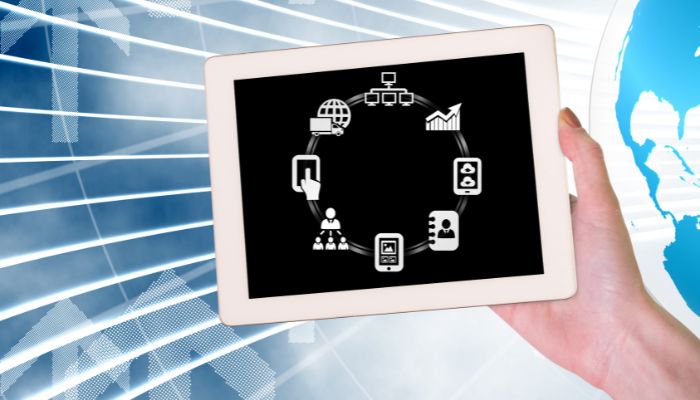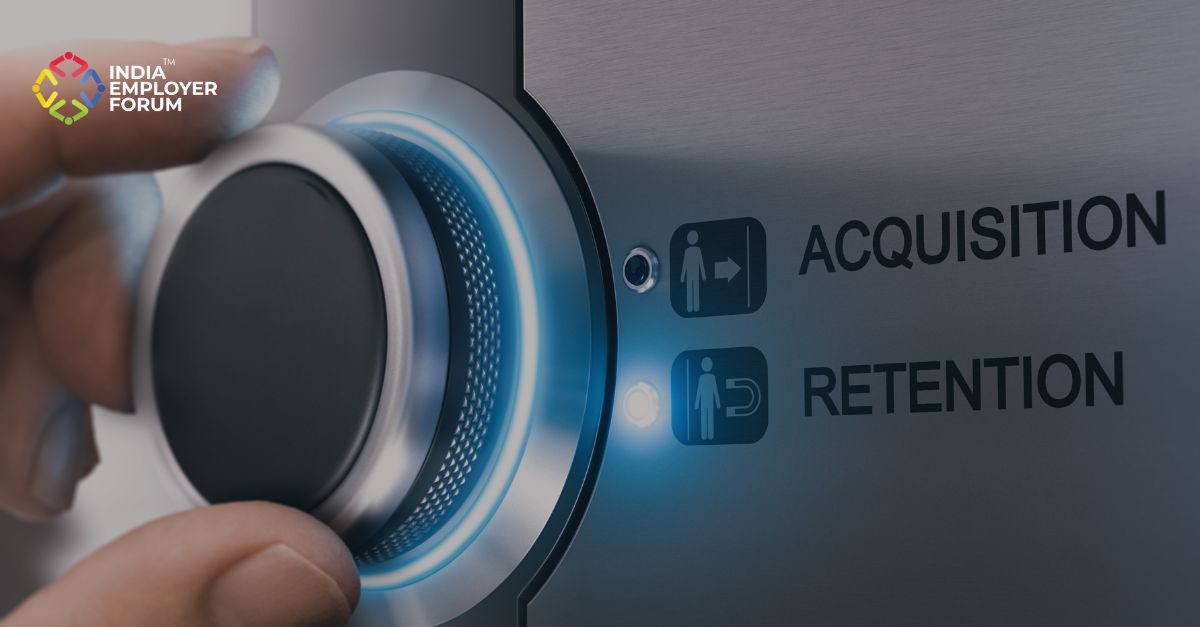HR teams and professionals are often the objects of derision in the workplace, especially when festivities and celebrations come knocking. Their day-to-day role in the workplace is often reduced to making rangolis, decorating all corners of the office campus, making meal plans for celebrations, choosing the right cake for an employee’s birthday party, or planning a one-day hike.
Leaving this aside, HR teams are now indispensable in carrying an organisation’s vision forward by scouting, onboarding, and retaining exceptional talent. But, that’s not the only thing they are limited to doing. An HR professional’s primary scope of work now looks different than it did a decade ago.
How have HR roles changed over the years?
With the advent of cutting-edge technology and a keen focus on employee enhancement programs, HR management systems are taking on a new avatar. HR professionals and teams are no longer considered only administrative staff. Instead, they now play a strategic role in the organisation’s growth.
As human resource management (HRM) roles have become more efficient, the way they handle, collect, and leverage data has also changed. With rapidly fluctuating market trends and industry niches, the turn of the tide could be just around the corner. The impending change means constantly being able to adapt to new strategies and business models. This requires new forms of human engagement and talent. Headhunting for such flexible talent is now a core HR responsibility.
But, not all HR professionals work in strategic roles. A place of employment has many layers including that of emotional, social, and political. Knowing where to draw the line and how to facilitate the best possible work environment for all employees without bias or prejudice is another function altogether.
Organisational communication and how a company chooses to use literature in driving its narrative is also something that HR teams now have to keep an eye on. Building a culture both in terms of hiring without gender biases and in using inclusive language is a pressing agenda across the world.
You might also be interested to read: 25 Top Technology Trends That Will Reign Over The Next Decade
Difference between traditional and strategic HR management system
Traditional human resource management operates mostly on an as-needed basis approach. For instance, in this approach, an HR professional will spring into action to hire a candidate or fill a position when a department manager or leadership teams sound out a need for a particular role. Their involvement may be only limited to finding candidates with the right skill set and the appropriate years of experience before they make arrangements for the next round of interviews with manager-level panels.
A traditional approach is more task-oriented and administrative and doesn’t often find an overlap in meeting the company’s business goals. On the other hand, in a strategic approach, HR professionals within their respective teams don’t work in silos but as a cohesive unit.
It focuses more on helping the company reach its vision and facilitates the steps required to align to that vision–whether that is hiring new talent, retaining exceptional talent, upskilling, or benchmarking and finding out the best practices to make the organisation a more employee-centric space.
A strategic approach focuses on long-term business objectives and no task is isolated from another. One of the primary tasks in this approach is goal-setting–for individuals, teams, and the organisation. Insights gathered from data and analytics also supplement the role of an HR professional in this type of approach.
5 ways HR management systems have seen a shift
The power of social media: There was a time when organisations would block access to non-work-related websites. Any time spent as leisure on company time was considered a sin and reflected poorly on the employee’s behaviour, and sometimes, also led to reprimanding. The tables have turned and every organisation is expected to be active with multiple social media accounts, catering to different demographics and clientele. A lack of a social media presence can be telling of how “with the times” a company is. Recruiters also perform a thorough background check for potential candidates to discover who they are as people outside of the workplace. Yes, even a seemingly harmless Tweet that attacks a person’s race, religion, identity, or political beliefs from 2009 could land the candidate in hot waters.
Robust feedback: HR teams are now heavily reliant on honest assessments of the workplace from their employees to make it a supportive space where employees enjoy bringing their true and whole selves to work. Gone are the days when managers and leadership teams evaluated an employee’s performance once a year and pitted them against other employees.
In a refreshing turn of events, feedback sessions between managers and employees are now real-time and more structured, giving employees the chance to rectify errors and improve their skills. Similarly, employees’ ratings of their manager also emphasise their areas of improvement.
Technology becomes the saviour: The pandemic sheds light on how dependent we are on technology and all that it has to offer. It also offered us a view of the post-pandemic world. Physical workspaces may not be the future of innovation, and HR teams are now creating work profiles around the idea of remote work options.
With the advent of 5G, we can expect a boom like never before. 5G intends to change the very fabric of work by enabling better, quicker decision-making, thereby giving businesses across the world that extra push, and also by enhancing employee experiences.
Gig-based economy: Millennials active in the workforce know exactly what they want and prioritise work-life balance over fancy titles and high-paying jobs. With agile solutions and contractual, gig-based roles available to them in abundance, HR teams are now looking to restructure full-time jobs to match that of freelance, consultant, and contractual opportunities. Flexibility is key in attracting and retaining talent post Industry 4.0 and as we gear up to welcome Industry 5.0, HR management systems must take into account the freedom of choice.
Data-driven decisions: We’re sitting on piles and piles of data–about everything we could ask for. HR analytics helps organisations manage employees at work. It’s also commonly referred to as people or workforce analytics. It analyses people’s problems to find critical solutions for the organisation and drives better decision-making.
While customer satisfaction has always remained the number one objective for all businesses around the globe since the beginning of dawn, the employees who build organisations are now equally important. Employee enhancement and happiness reflects in better turnover times and increased productivity. With strategic HR management systems, organisations are turning a new leaf and actively participating in making work-life balance a reality rather than a myth.
References:
- Evolution of the human resource information system | IceHrm | March 05, 2020
- 7 Ways HR Management is Way Different Than The Conventional One | CONFLUXHR | July 27, 2022
- Traditional vs strategic human resource management | Jotform | November 03, 2022
- 6 Trends That Changed HR Over the Past Decade | SHRM | July 21, 2017
You might also be interested to read: 5 Database Management Problems and Solutions






